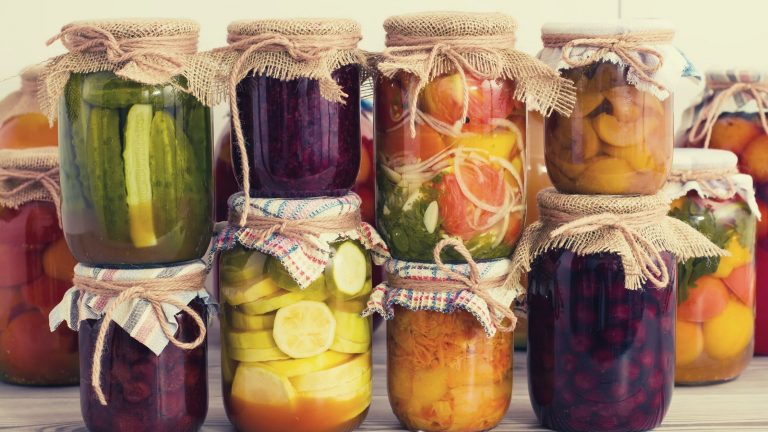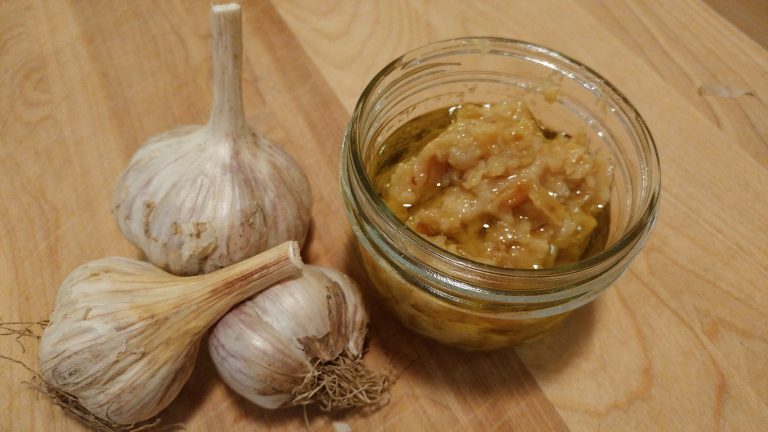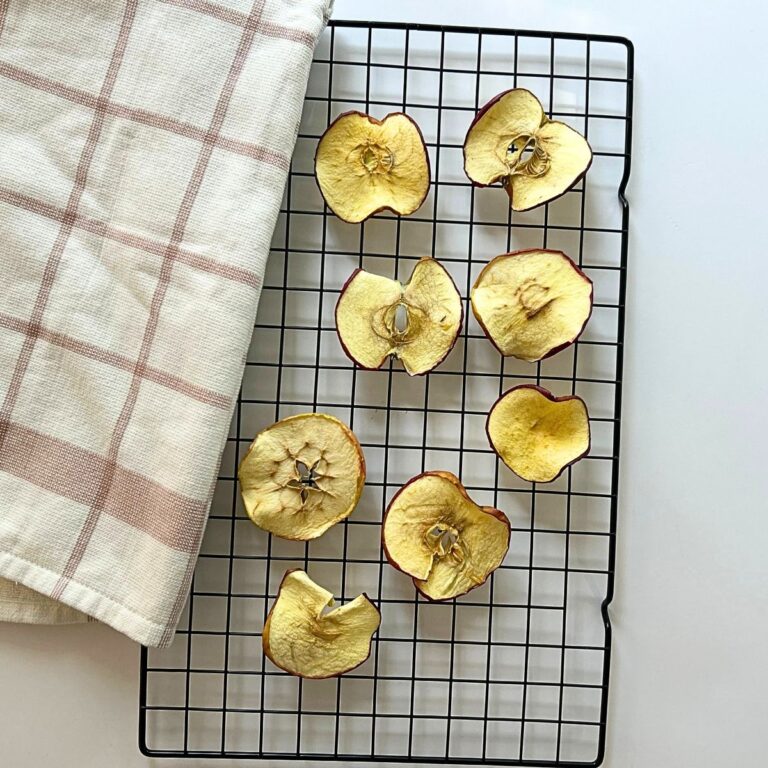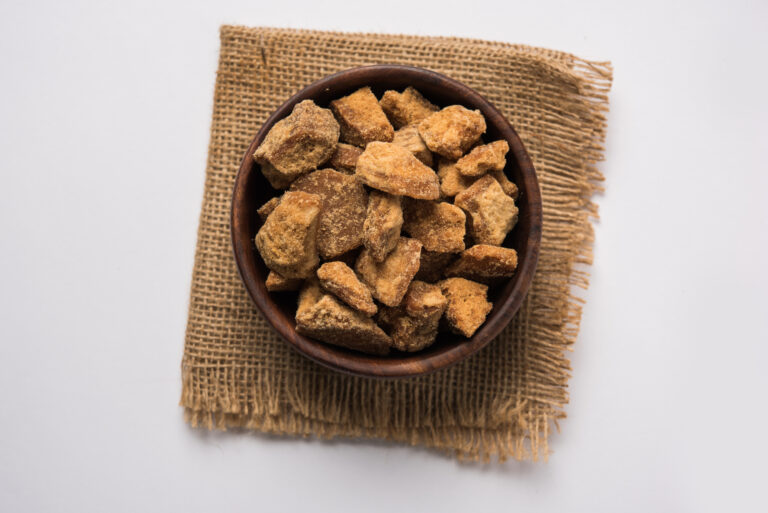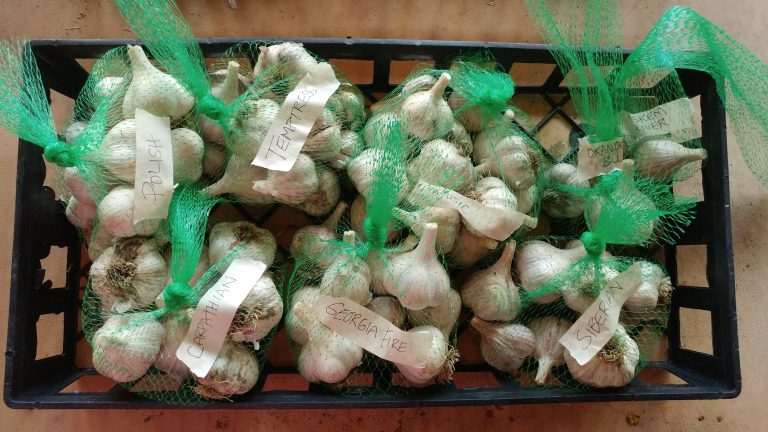This post may contain affiliate links.
Thyme is such a wonderful herb to grow in your garden. It makes the perfect addition to a variety of dishes including soups and stews.
Drying thyme preserves it for later use – allowing you to extend its lifespan. The herb’s freshness will be maintained, savoring the smell and flavor for a long time.
Let’s get into five methods for drying thyme: using a dehydrator, air fryer, oven, microwave, or air drying.
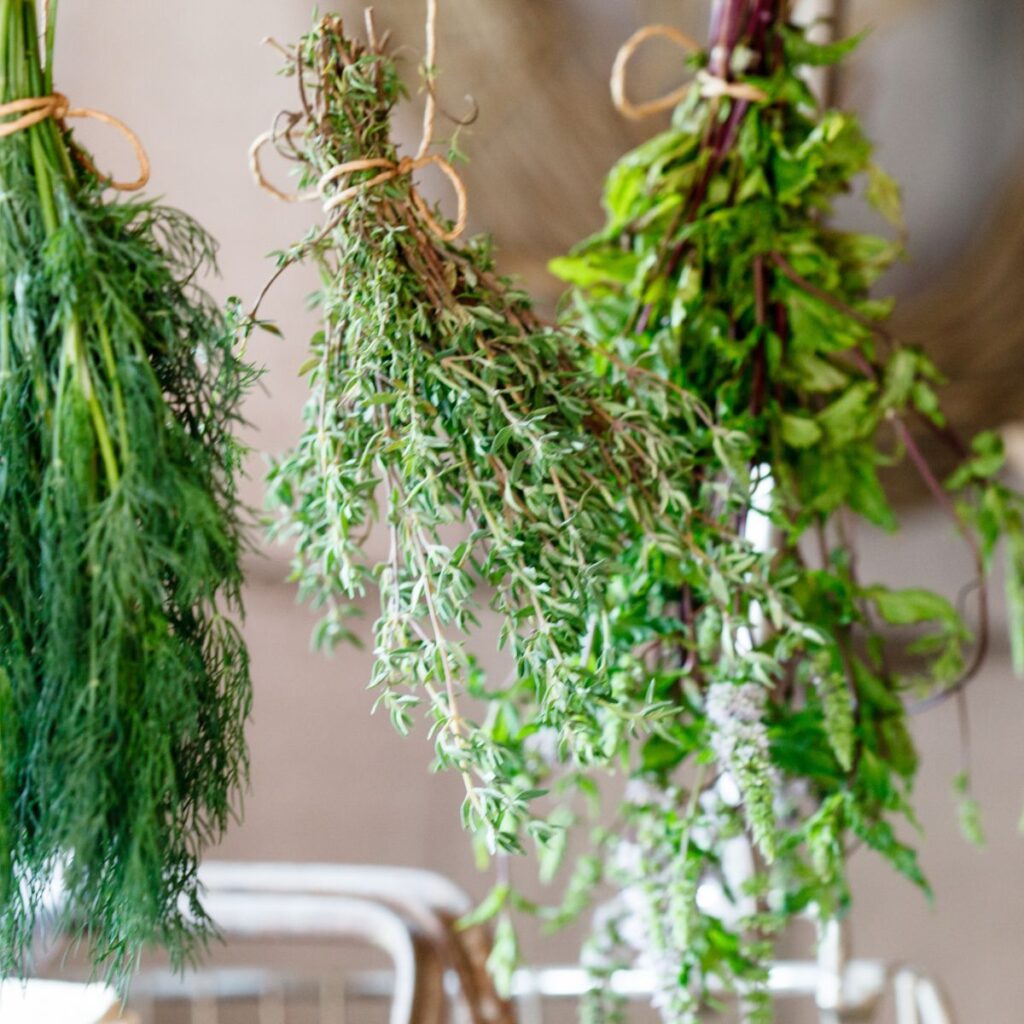
How to Prepare Thyme for Drying
When preparing your thyme for drying, remove any damaged or bruised parts. Rinse the herbs in cool water and gently shake them dry. Alternatively, pat them dry with a paper towel to remove excess moisture.
5 Ways to Dry Thyme
1. Hanging Thyme to Dry
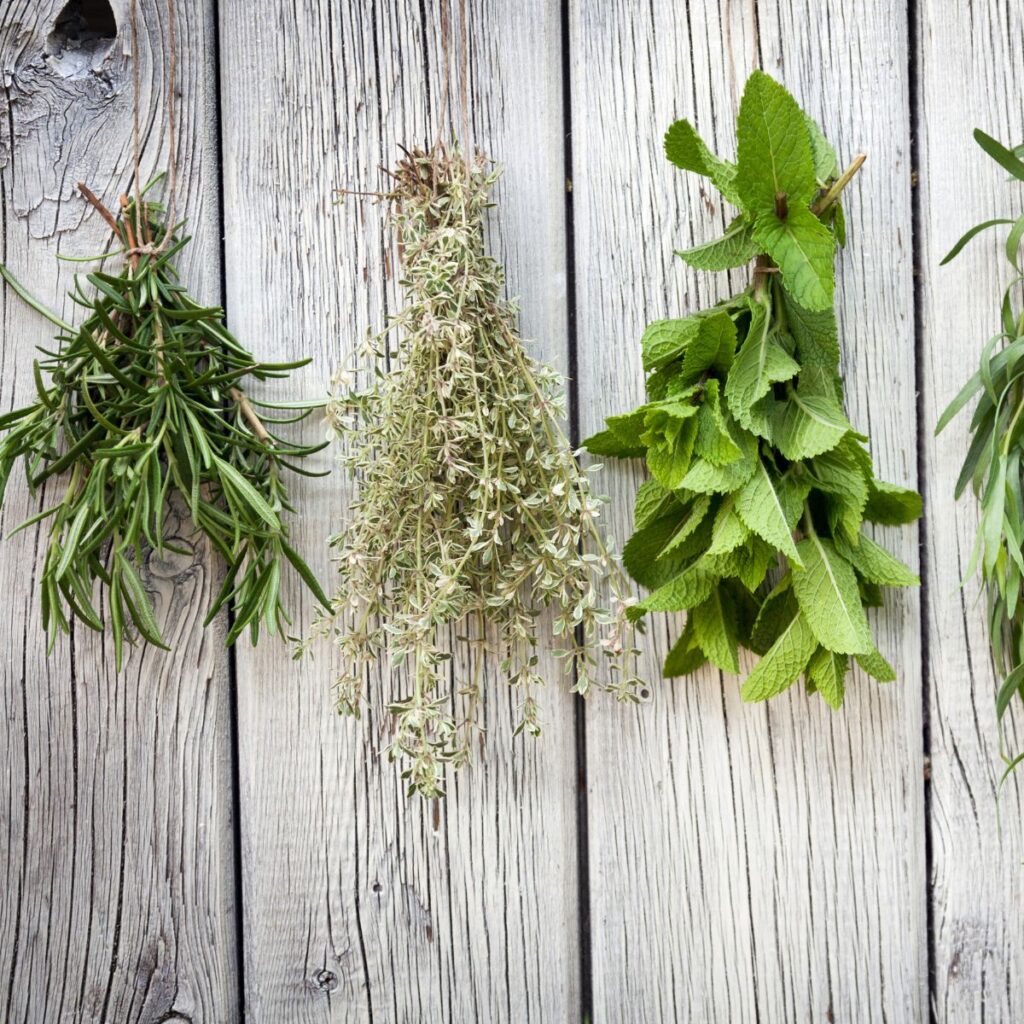
Tie small groups of thyme together and hang them in a warm, dry place inside your house. You can also lay them flat on a paper-lined tray.
Hanging thyme lets it dry naturally, keeping its good smell and taste. Make sure to keep thyme away from damp and hot places to dry it evenly.
Dry Time: About 1-2 weeks.
2. Food Dehydrator
Spread thyme on the dehydrator trays in one layer. Set the dehydrator to a low heat (95°F-115°F).
Dehydrators move air around and keep the heat low, drying the thyme well without losing its flavor.
Dry Time: 1-4 hours.
3. Heating in the Oven

If you don’t have a dehydrator, oven-drying thyme is a convenient alternative.
Turn your oven on the lowest heat, place thyme on a tray lined with baking paper, and put it in the oven.
The oven can act like a dehydrator if you use it right, but you must watch it to ensure the thyme doesn’t cook.
Dry Time: 2-4 hours, but keep an eye on it.
4. Drying Thyme in the Microwave
Place thyme between two paper towels on a microwave-safe plate. Use the microwave in short bursts. The microwave makes the water in the thyme evaporate quickly, which dries it fast.
If your microwave is powerful, use a lower power setting.
Dry Time: Usually around 1-2 minutes total.
5. In an Air Fryer

Preheat your air fryer to a low temperature, typically around 180°F. This low temperature will help to dry the thyme leaves gently without burning them.
Arrange the thyme leaves in a single layer on the air fryer basket or tray. Ensure they are not overlapping for even drying.
Dry the thyme for about 10-15 minutes, checking periodically to ensure even drying and prevent over-crisping.
How to Use Dried Thyme
Dried thyme can be used in several ways. Here are some ways you can use dried thyme:
- Seasoning: Sprinkle dried thyme on pasta dishes, pizzas, salads, soups, stews, and roasted vegetables for a burst of flavor.
- Herb blends: Mix dried thyme with other dried herbs like oregano, thyme, rosemary, and marjoram to create your own custom herb blends or seasoned salt for seasoning meats, poultry, seafood, and vegetables.
- Homemade sauces: Add dried thyme to homemade tomato sauce, pesto, marinades, salad dressings, and dips for extra depth of flavor.
- Baking: Incorporate dried thyme into bread doughs, pizza doughs, focaccia, savory muffins, and biscuits for a savory twist.
- Infusions: Steep dried thyme in hot water to make thyme tea, which can be enjoyed hot or cold. You can also infuse dried thyme into oils and vinegars for use in cooking and salad dressings.
- Flavored butter: Mix dried thyme with softened butter to create a flavorful thyme butter. Spread it on bread, melt it over cooked vegetables, or use it to top grilled meats and seafood.
- Homemade seasoning blends: Combine dried thyme with garlic powder, onion powder, salt, and pepper to create a versatile seasoning blend for seasoning meats, vegetables, and potatoes.
- Italian dishes: Use dried thyme in classic Italian dishes like spaghetti bolognese, lasagna, bruschetta, caprese salad, and margherita pizza.
How to Harvest Thyme for Drying

Pick the freshest thyme in the morning after the dew evaporates but before it becomes too warm. Harvesting in high temperatures or when it’s wet can lead to wilting. Morning harvesting is optimal, as the plant’s oils are most potent then.
Use clean, sharp scissors or pruning shears to cut the thyme stems just above a leaf set. This encourages bushier growth. Depending on your needs, you can harvest single leaves or whole stems.
While growing your own thyme is convenient, we understand it’s not for everyone. You can buy fresh thyme from the store and dry it using the methods below. It’s more cost-effective than purchasing dried thyme.
How to Store Dried Thyme

Once adequately dry, thyme should be stored in an airtight container and kept in a cool, dark, and dry location like your spice cabinet to preserve the quality.
You can store whole thyme or remove the thyme leaves from stems to pack more herbs into smaller containers.
Dried herbs are best kept in glass containers or spice jars for the best flavor. After storing, be sure to label and date your freshly dried thyme. Although they last longer, home-dried herbs are best used within a year for peak flavor.
Other posts you might like
- How to Dry Apples
- How to Make Dried Orange Slices
- How to Dry Rosemary – 4 Easy Methods
- How to Dry Black Currants in a Dehydrator
What is the most effective way to dry thyme?
Air drying and food dehydrators are top methods for preserving flavor and aroma, while microwaving is fastest.
Can you sun-dry thyme?
Sun-drying is possible but can lead to significant flavor and color loss. A solar dehydrator may offer a better alternative.
Should thyme be washed before drying?
Yes, to remove dirt and pests, but ensure it is thoroughly dried before the drying process to prevent mold.

